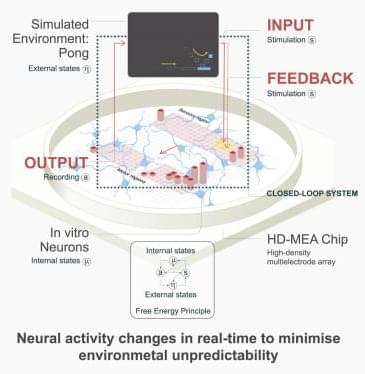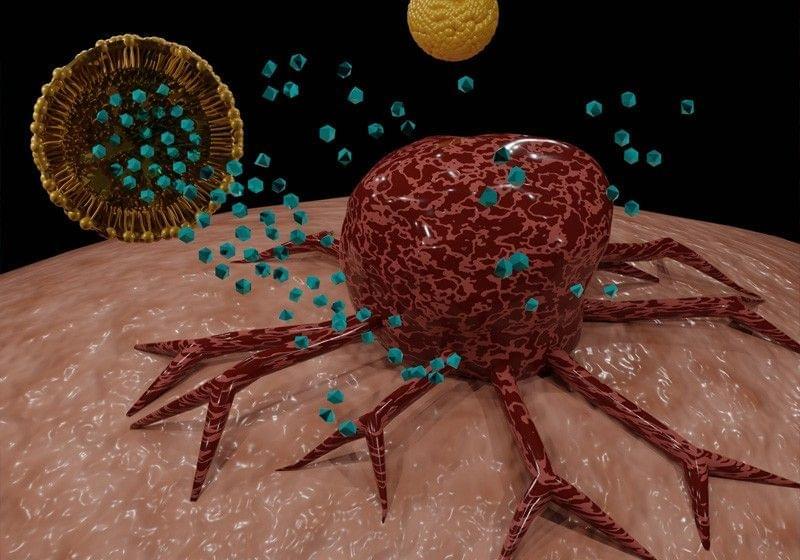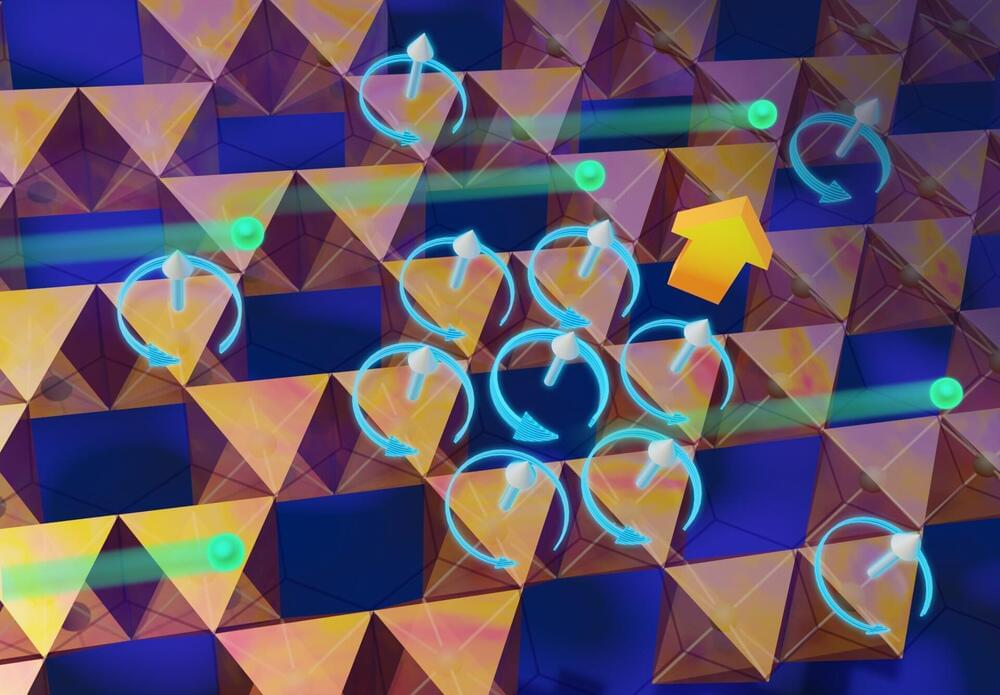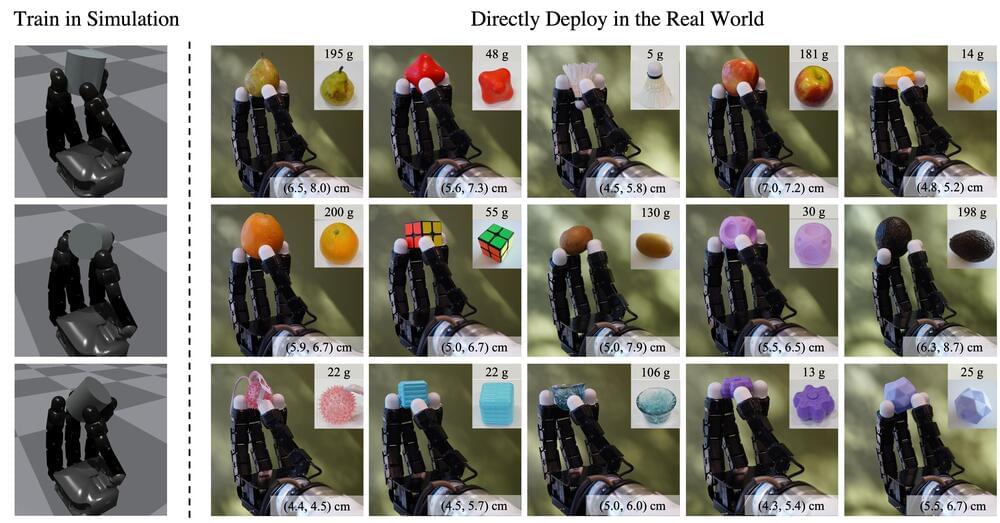Celine halioua drops into a crouch and greets Bocce, a Chihuahua-dachshund mix with soulful brown eyes, like a long-lost friend. “Oh my God, you’re so beautiful!” she chirps. The two have just met in an upstairs room at Muttville Senior Dog Rescue in San Francisco, where light streams in through the open windows and urine occasionally streams onto the floor. About a dozen elderly dogs, none taller than a kneecap, putter around on the gray linoleum or nap on blankets. When Halioua kneels, her dark hair tumbling over her shoulder, Bocce rests his head blissfully in her lap.
A tragedy of human-canine relations is that a 10-year-old dog such as Bocce is old, while a 28-year-old person such as Halioua is in the prime of life. Bocce is one of the lucky ones. Many dogs can only dream of living as long as he likely will, because dog lifespan is inversely correlated with body size. It’s the opposite of the wider pattern in the animal kingdom, where elephants easily outlast mice, which in turn outlive mosquitoes. A Chihuahua can expect roughly 15 years of life; an Irish wolfhound or Great Dane around seven or eight.
Halioua hopes that the startup whose name is emblazoned on her slim black T-shirt— Loyal —can start to fix this bug in humanity’s 14,000-year-plus wolf bioengineering project. The company, which she founded in 2019 and leads as CEO, is developing drugs to delay aging in dogs and extend their healthy lifespan. She has raised around $58 million and has two drugs in development. In a few years, she hopes to have the first commercial drug—for any species—to state on the label that it delays aging or extends lifespan. That alone would be a triumph, but Halioua sees it as a springboard to a still greater feat: creating similar drugs for humans.









